Photo


Where Does Everyone Go? by Aileen Lucia Fisher and illustrated by Adrienne Adams
published in 1961
4 notes
·
View notes
Photo



From The Poky Little Puppy's First Christmas By Adelaide Holl and illustrated by Florence Sarah Winship
8 notes
·
View notes
Photo

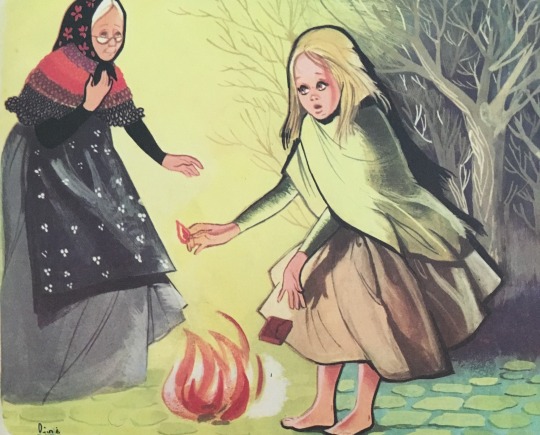


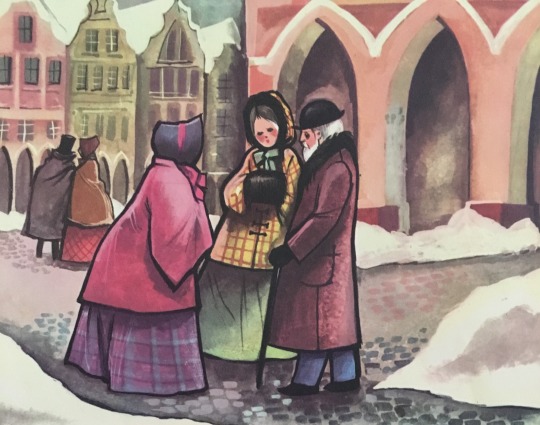
The Little Match Girls by Hans Christian Andersen and illustrated by Bigi
published in 1970
#vintage childrens books#vintage books#vintage childrens book illustrations#1970#hans christian andersen#the little match girl#vintage fairy tales#giant fairy stories
21 notes
·
View notes
Photo





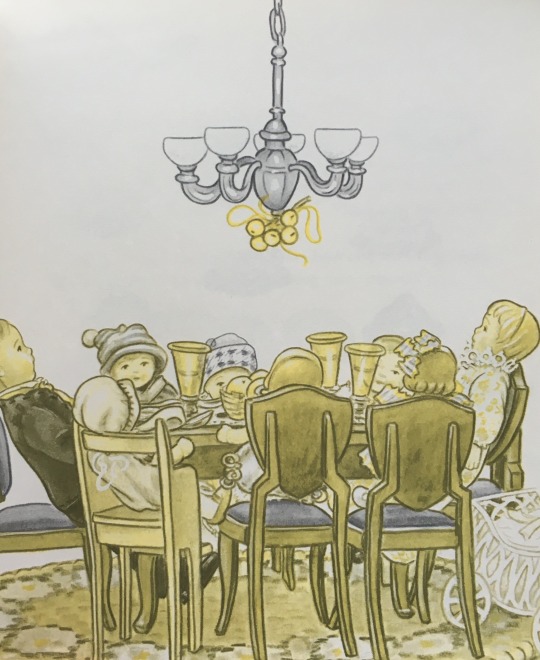



Big Susan by Elizabeth Orton Jones
originally published in 1947, this edition 1967
Elizabeth Orton Jones is a pretty fantastic children’s book author. Her books are both bizarre and adorable. I had already read Twig when I came across this book at Value Village. This was the beginning of my vintage children’s book collection.
It’s hard to tell from the cover, but this book is a Christmas story. It’s also a chapter book, but the illustrations are gorgeous. I only included the full-page illustrations, so there are many more beautiful illustrations.
#vintage childrens books#vintage childrens book illustrations#vintage books#1947#1967#vintage christmas#elizabeth orton jones
19 notes
·
View notes
Photo



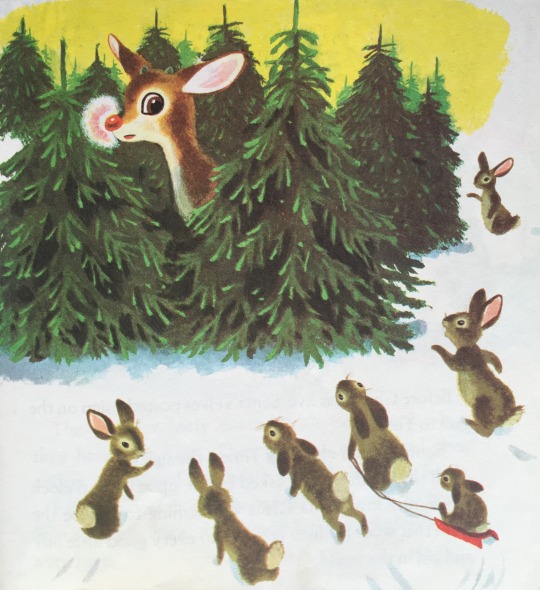


Rudolph the Red-Nosed Reindeer adapted by Barbara Shook Hazen and illustrated by Richard Scarry
published in 1976
I know Richard Scarry is still quite big in the children’s book world, but I love his illustrations. They have that vintage charm. (When I was a kid, my siblings and I thought the name Richard Scarry was hilarious.) So I was excited to get this Scarry-illustrated version of Rudolph the Red-Nosed Reindeer. It’s a Little Golden Book.
Donner’s name is Donder in it, and I think that is so strange. Was is a mistake? Or does Donner sometimes go by Donder? (Oh. I guess I found the answer.)
Anyway, these quaint little illustrations are nice to look at. I tend to dislike holiday-themed books – I dislike the idea of something only being relevant sometimes. But Christmas is Christmas, and it should be seen through the lens of a vintage children’s book.
#vintage childrens books#vintage childrens book illustrations#vintage books#vintage christmas#rudolph the red nosed reindeer#vintage santa#1976#little golden books
133 notes
·
View notes
Photo



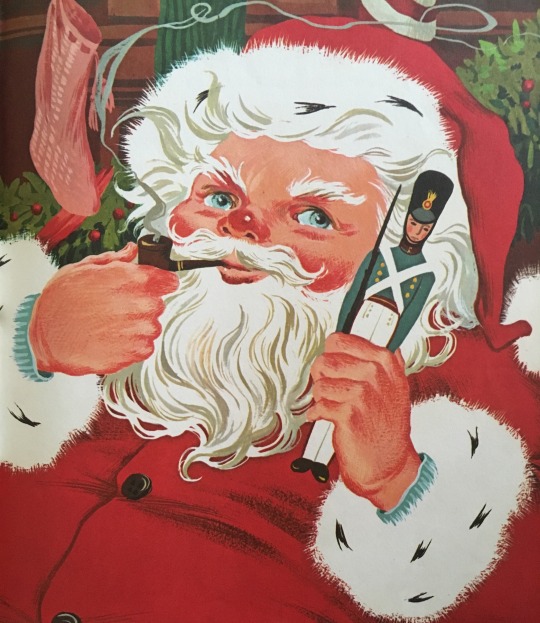

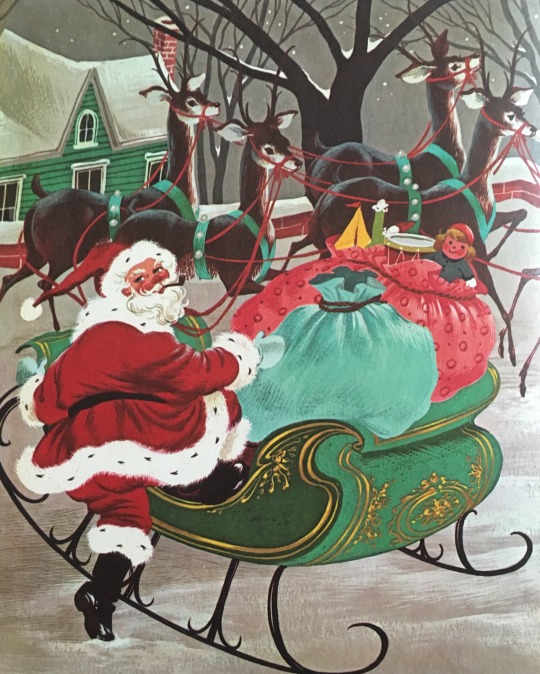
The Night Before Christmas by Clement C. Moore and illustrated by Catherine Barnes
published in 1960
#vintage childrens books#vintage childrens book illustrations#vintage books#whitman giant tell-a-tale books#1960#night before christmas#vintage night before christmas#vintage christmas
15 notes
·
View notes
Photo

Dean’s Mother Goose Book of Rhymes illustrated by Janet and Anne Grahame Johnstone
published in 1977
#1977#vintage books#mother goose#vintage childrens books#vintage childrens book illustrations#warm hands warm
6 notes
·
View notes
Photo

Dean’s Mother Goose Book of Rhymes illustrated by Janet and Anne Grahame Johnstone
published in 1977
#mary had a little lamb#1977#vintage childrens books#vintage books#vintage childrens book illustrations
28 notes
·
View notes
Photo

Dean’s Mother Goose Book of Rhymes illustrated by Janet and Anne Grahame Johnstone
published in 1977
#vintage books#1977#gunpowder treason and plot#mother goose#vintage childrens books#vintage childrens book illustrations
2 notes
·
View notes
Photo
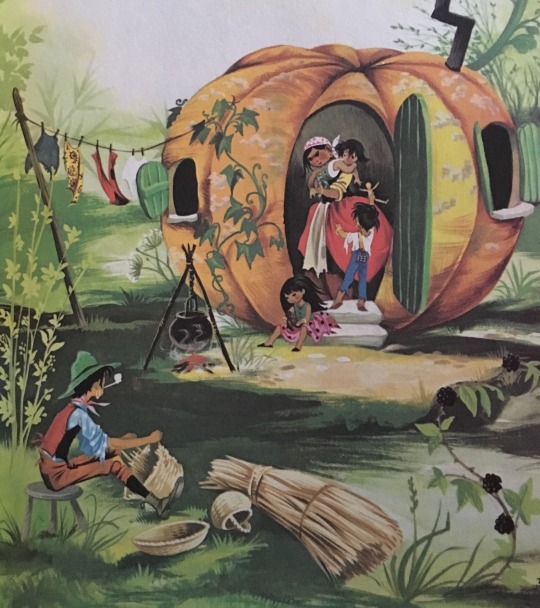
Dean’s Mother Goose Book of Rhymes illustrated by Janet and Anne Grahame Johnstone
published in 1977
#peter peter pumpkin eater#1977#mother goose#vintage books#vintage childrens books#vintage childrens book illustrations
5 notes
·
View notes
Photo

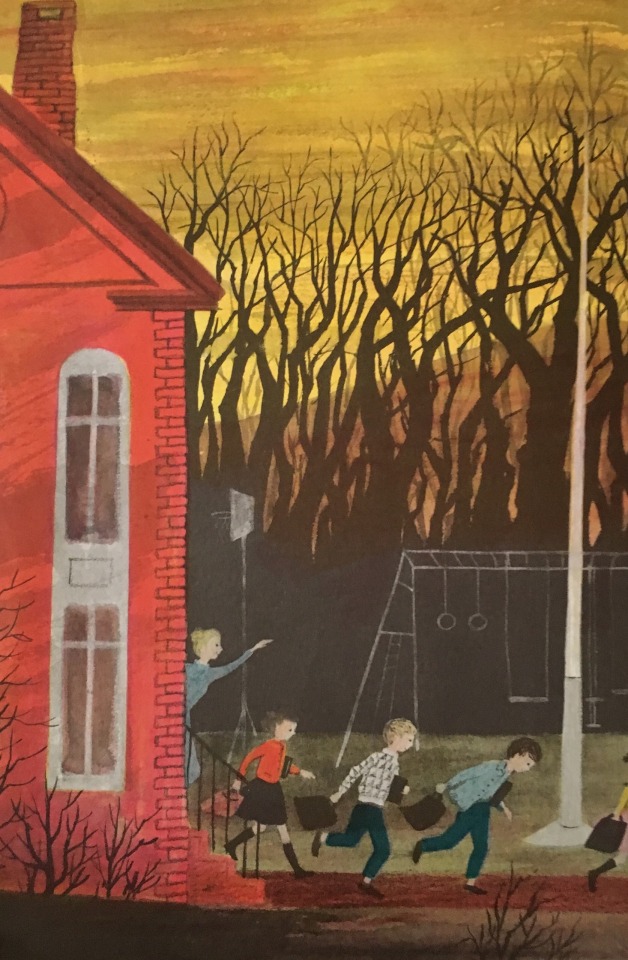
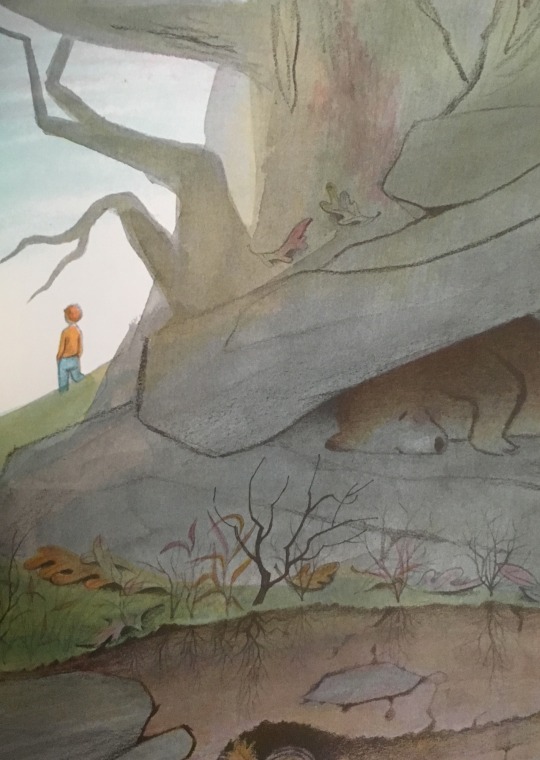
Where Does Everyone Go? by Aileen Lucia Fisher and illustrated by Adrienne Adams
published in 1961
13 notes
·
View notes
Photo
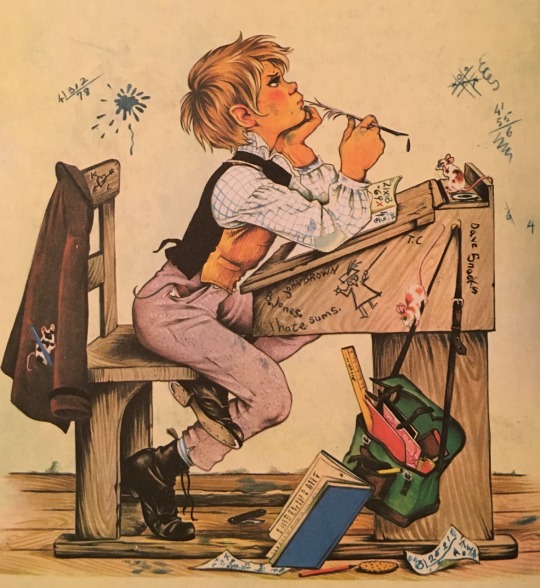
Dean’s Mother Goose Book of Rhymes illustrated by Janet and Anne Grahame Johnstone
published in 1977
#multiplication is vexation#1977#vintage books#vintage childrens books#vintage childrens book illustrations
26 notes
·
View notes
Photo
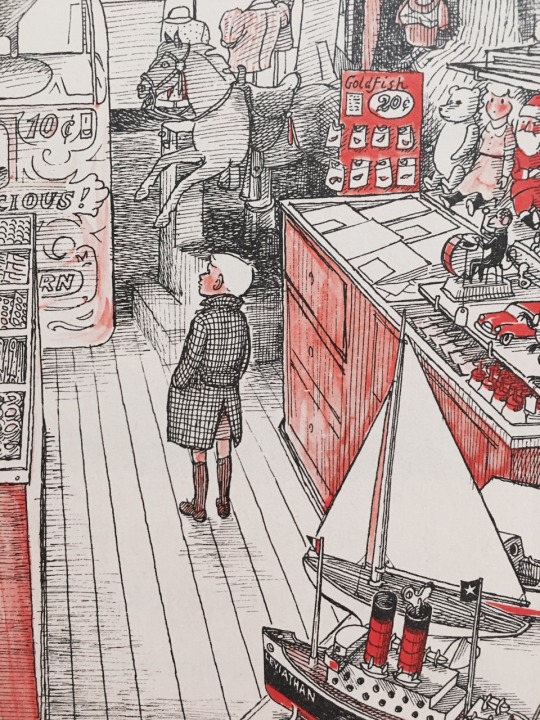

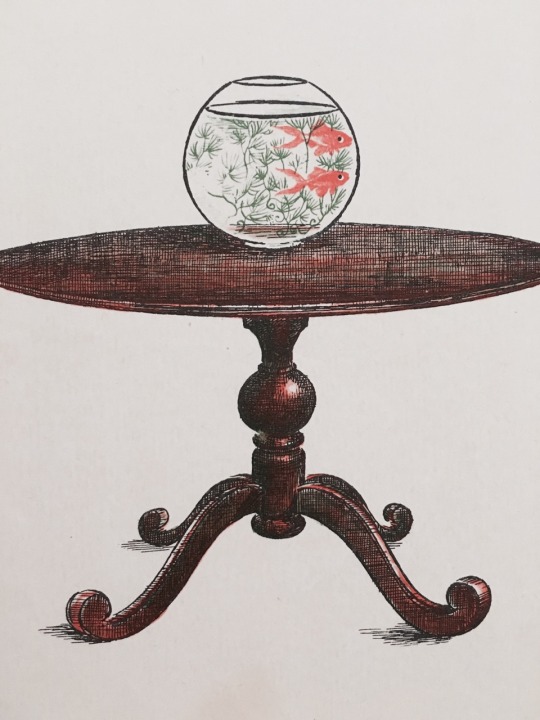

Plenty of Fish by Millicent Selsam and illustrated by Erik Blegvad
24 notes
·
View notes
Photo

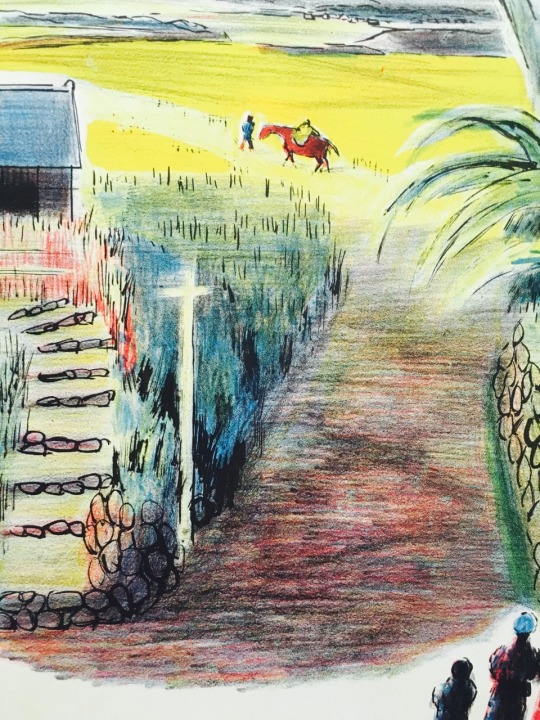
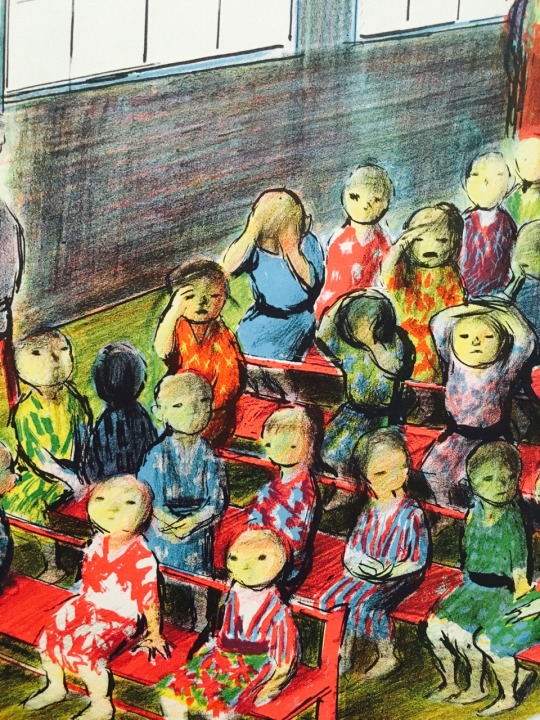

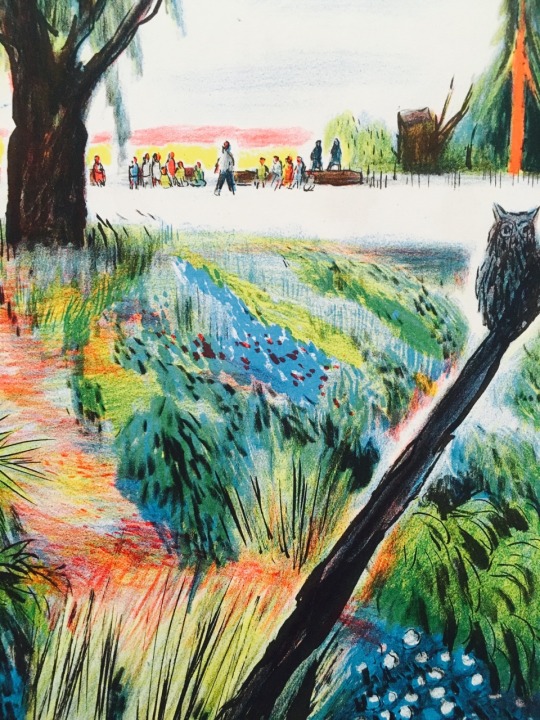


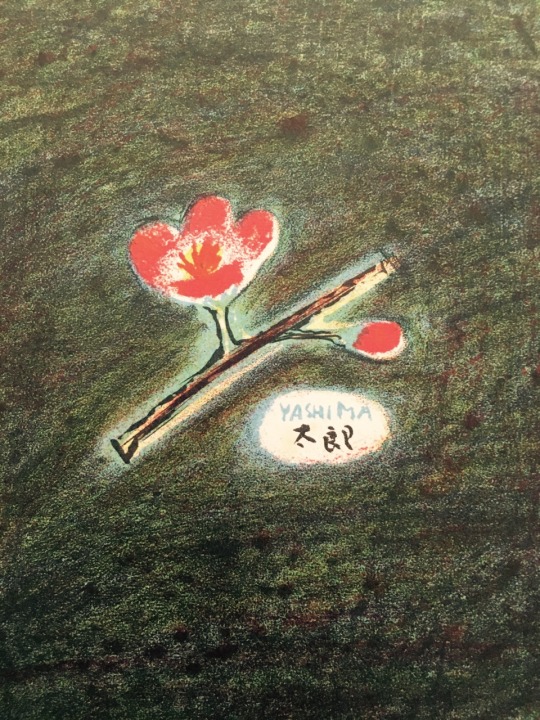
Crow Boy By Taro Yashima and illustrated by Mitsu and Taro Yashima Originally published in 1955, this edition 1956
20 notes
·
View notes
Text
Mine Again
Since perhaps January, I’ve been buying children’s books from thrift stores and re-reading them in an attempt to re-create and re-explore my childhood bookshelf.
My childhood bookshelf was a huge (to a child-sized me) built-in cabinet in the living room of the house I lived in from ages six to thirteen. I had three siblings, and when we weren't jumping on the trampoline or traipsing through the woods, we were reading -- to ourselves and to each other. I remember opening up those big wooden doors and looking over the mess of picture books and chapter books for something -- rarely anything in particular, just something to read.
We moved when I was 13, and the new, regular bookshelf could not match the old one. Having that cabinet open up into all those different worlds felt a bit like having our own Narnia; a regular bookshelf could never replace it. Over the years, my mother got rid of the books that shaped my childhood, and now the only ones left are the small handful that my sister kept and a single book with which my mother couldn't part (and with which I never will). I would give quite a bit to have all of those books back, but I'm making do with second-best: a copy found at a thrift store.
I don’t remember exactly how I got started doing this. I remember thinking of checking out the children’s books at Value Village to find some books for my preschool and finding some gorgeous vintage ones that jump-started a desire to buy vintage children’s books. But I also remember something else activating inside of me around the same time. I was curious about some things from my childhood, and I thought of this VHS tape my family had had when I was younger. I had only the vaguest memory of it playing on the TV mounted in my living room. I couldn’t even find it based on my memory: I had to type in the lyrics to the introductory song, only remembered because my mother still sometimes sings the song.
I found a clip: a small little scene, like a cartoon music video to a children’s song. I watched a cartoon baboon combing his hair again and again. I couldn’t stop watching it. The movements and the colors, I was sure, were etched permanently in some part of my brain. This memory had been there for years -- over 20, at this point, but if someone had asked me to describe the video prior to watching it again, I would have nothing to say. I would be able to recall nothing. I felt deeply uncomfortable, almost shaky, for days. I had not realized that memory worked like that. I thought that the memories I could recall were the only real memories I had and that anything unconscious enough to be inaccessible to me would also be unconscious enough to go unfelt.
With that unsettling feeling of both knowing and not-knowing, I also felt a deep, primal desire to touch my childhood. I wanted to grab onto it and embrace it in a way I could not have even done then. I wanted every aspect to be tangible and tangled within my fingers. I wanted the videos and the movies and the songs. But most of all, I wanted the books. I wanted the books that I had spent my childhood diving into.
Somewhere around that time, I discovered that St. Vincent de Paul is not only a treasure trove for 79 cent vintage children’s books with gorgeous, sparse little illustrations, but that it is also a treasure trove for my childhood. Time and time again, I got that feeling. I would pull a book off the shelf and suddenly know in some deep, unconscious way that this book was one of the books I would dig out of that bookshelf of my childhood home.

from The Little Kitten by Judy and Pheobe Dunn
Sometimes I would associate the book with a specific place: the black leather couches in our living room with its tall ceilings. My bedroom, with its window that allowed me to stare at the stars every night (a privilege that went away when I moved into my new bedroom, which had a window that was ground-level and obscured by plants). My fourth-grade classroom, where we sat in beanbags instead of desks.
The feeling that so unsettled me while watching the video became something I chased after. I would hungrily go to thrift stores each weekend, pulling books off the shelf and waiting for that feeling: would I know the book or not? I started amassing piles of books that I had completely forgotten, waiting for calm evenings or quiet weekends when I could finally open them, read them, and -- for just a moment -- touch my childhood again.

from Moses Supposes His Toeses Are Roses by Nancy Patz
I would save some of them for longer, knowing that that first feeling, that first recollection of what it was like to be once-me in my once-house, with my siblings around me and my mother nurturing all of us, would fade the more often I read it. That’s why The Lion King evokes little nostalgia in me even though it came out in my kindergarten years -- how many times have I seen it since? It’s also why I won’t crack open Harry Potter.
Harry Potter, which I discovered at 10-years-old, is the motherlode. Harry Potter consumed me and my family until I was 17-years-old, and now I can’t bear to touch it. If I open it up, I will lose everything that’s been trapped in there: the sound of my fifth-grade teacher’s voice reading it out loud. The look of the local bookstore when my mom took me there to buy the books I couldn’t stop thinking about from school. The sound of my own voice as I read it to my little brother and sister. The feeling of my bedroom door against my back as I sat cross-legged and read Chamber of Secrets to myself, whispering the dialogue out loud so it would feel more real.
But I opened all the other treasures I found. There were books that did little for me, but then there were books that I remembered loving so much, I couldn’t help but love them again regardless of what adult-me would think if I picked them up new: Mercer Mayer’s Just Grandma and Me, Harvey Potter’s Balloon Farm, The Little Kitten, Mike Mulligan and His Steam Shovel, many Cyndy Szekeres books, Are You My Mother?, Shel Silverstein and Goosebumps and Wayside School. I devoured them, feeling sometimes like a seven-year-old and sometimes like an eleven-year-old, but always feeling like I was back at that house that I lived in during my true childhood years.
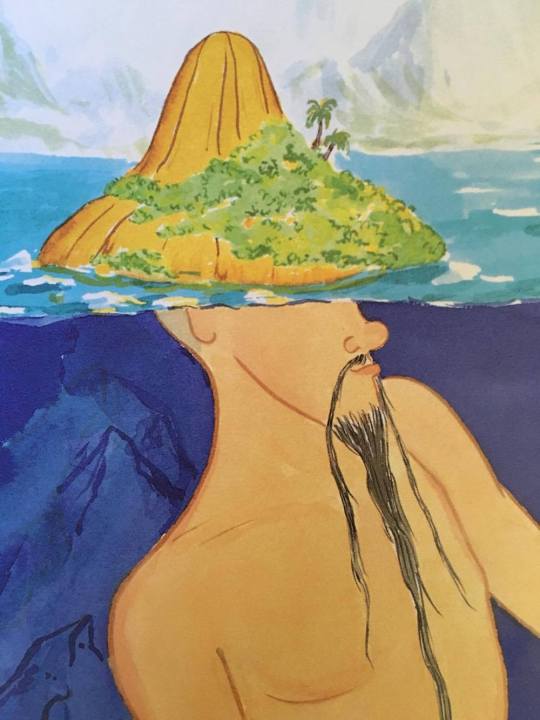
from The Story of the Chinaman’s Hat by Dean Howell
Then there were the special books, the ones that evaded me. I looked for The Story of the Chinaman’s Hat for months before caving and buying it online, only to discover that the version I’d ordered had been the version with new illustrations. It was disappointing, but weeks later, I found two copies of the version I had within the span of a few days and bought them both. The Story of the Chinaman’s Hat was a present my mother got for me in Hawaii. I don’t remember receiving it, nor did I remember much about the plot before I re-read it. But as I read it, I moved my fingers over the illustrations, knowing the curves of the hills and the small grains of rice, knowing the blue of the sea and the mossy look of the hat. It is strange to have a vague memory turn into a deep, all-encompassing knowledge. I know that book in a way only a child can know a book.
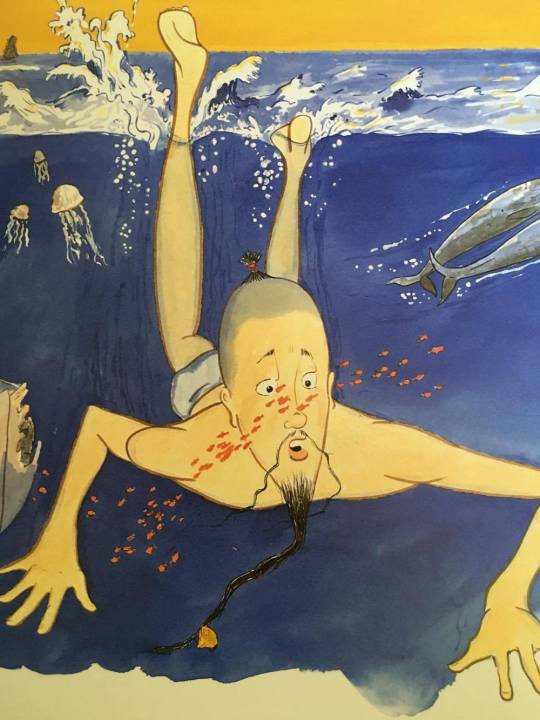
from The Story of the Chinaman’s Hat by Dean Howell
And then there’s Higglety Pigglety Pop. For years, I have remembered my bedroom and my star-filled window and how an unknown, nameless book once filled me with a sense of wonder. I remembered something about Mother Goose and a broom and I remembered pictures of the moon. I remembered yonder. I remembered that when I read it, I had wanted to run out of my house and explore strange lands. The book assured me that adventure was necessary but also that, in a way, the world was safe and orchestrated and fair. You could throw yourself into the wild blue yonder, and you would always end up where you didn’t even know you wanted to be. But I couldn’t remember the name or plot or the characters. And I couldn’t find the book, no matter how I tried or who I asked.

from Higglety Pigglety Pop, or, There Must Be More to Life by Maurice Sendak
Then months after my rebuilding began, over a hundred books into it, I pulled a book off the thrift store shelf and knew, immediately, without opening it, that it was the book. Higglety Pigglety Pop, or, There Must Be More to Life by Maurice Sendak. Isn’t that amazing? I think it’s amazing. I think it’s amazing that I can search my brain for facts and details, that I can dig and dig and ask other readers and get nowhere. But a glance -- just a glance -- and I know, suddenly, the name and the author and the look of the book that I’ve known nearly nothing about for 20 years. I think it’s amazing that there are bits and pieces of our lives that are securely stored away and cannot be pulled out except for with absurdly specific keys.
I am envious of the people who saved their childhood books or who have parents with boxes in storage, ready to someday pull out those old favorites for nostalgia’s sake or for grandchildren. But I don’t have that. And because I don’t have that, I got to go on a massive treasure hunt. I got to actually look for lost pieces of my childhood and find them. So many of them! I have over 150 books now that I am positive populated that huge bookshelf in my childhood home. They are not the same exact copies that I piled up and re-read over and over, but they are the same stories and the same pictures, and they are able to unlock those otherwise inaccessible parts of my childhood.
The findings have slowed down. I still go to St. Vincent de Paul on the weekends because I find it both calming and exciting to dig through the children’s books. I find glorious brand new books alongside gorgeous old books nobody else appears to know exist. And sometimes, I still pull out a book that is suddenly vivid to me and that makes me feel small again in the best way. But it’s nothing like those first few months when I found artifact after artifact and got to bury myself in a time I thought was forever gone.
There are things I never would have remembered had I not sat on the dirty cement floor of thrift stores and sorted and sifted through hundreds of books, the way I did when I was little. I made small parts of my childhood solid and real by finding them in the form of books, and then I took them home with me, and now they are mine again.
Isn’t that amazing? I think it’s amazing.
18 notes
·
View notes
Photo

Dean’s Mother Goose Book of Rhymes illustrated by Janet and Anne Grahame Johnstone
published in 1977
#higgelty piggelty pop#1977#vintage books#vintage childrens books#vintage childrens book illustrations
12 notes
·
View notes




